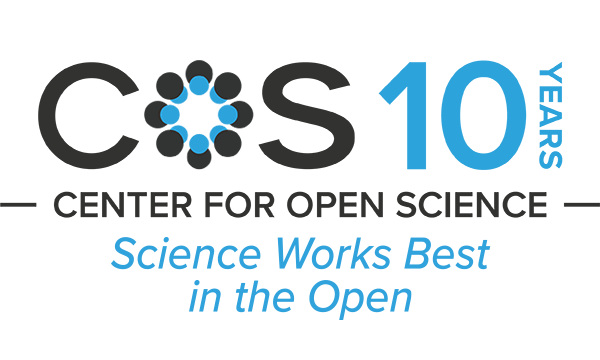Sidney Dekker recently published an essay* in which he argues that industrial accidents don’t just pop out of nowhere; rather they could have been hiding all along “in the green” which we take to mean behind acceptable (“green”) safety observations and indicators, and successful process outcomes.
He begins by summarizing the current state of research related to industrial accidents and their context in different organizations’ management and culture. Looking at incidents with fatalities, he observes that the evidence supports a finding that both failure-free performance AND a persistent string of minor failures precede accidents. His inference is that accidents arise from the same pool of activities that produce an organization’s successes.
He goes on to describe two different types of organizations, one that is basically dishonest where the lack of reported accidents is caused by active strategies to keep incidents from being reported and a second where there is a genuine lack of incidents over a considerable period. Both types are “in the green” but both are headed for an eventual fall.
Active suppression of bad news
This model starts with significant differences between work as designed and work as it is actually performed. Workers may comply with rules and procedures when under observation but revert to short cuts to meet production goals when no one is looking. The disconnect between the ideal and reality is amplified when the bosses don’t want to hear bad news, e.g., reports about non-conformances or minor incidents. The organization has no interest in analyzing the overall system for connections and interactions that can cause process accidents. Safety targets are apparently being met which misleads top management into thinking safety is under control.
A string of operational success
This organization is actually running accident-free. However, the ultimate failures lie in the processes that produce success. These processes inevitably produce other consequences that can evolve into accidents or even threaten the organization’s existence. Management is confident success will continue indefinitely because the string of successes is visible while the marginal erosion in the system and increasing accident potential is invisible.
Recommended actions
In all organizations, top managers need to understand and question their key processes. In their interactions with middle managers and workers, bosses need to ask: What sacrifices are being made to continue our string of successes? Are middle managers suppressing bad news from flowing upward? What safety tradeoffs are being made to increase efficiency? Are we at the top sending a signal downward that our quest for perfect safety performance (e.g., a Zero Lost Days program) has no room for honesty about problems and bad news? Do we encourage diverse, divergent and dissenting voices and listen for safety-related signals that we would otherwise miss? Active questioning can raise sensitivity to signs that indicate organizational brittleness and an increasing exposure to the risk of unfavorable outcomes.
Our perspective
Dekker is fairly well-known in the safety culture space and we have reviewed his work on several occasions. (Click on the Dekker label for earlier posts.) That said, there is nothing really new here. Several years ago, Dekker was involved with research that showed accidents derived from the same processes as success.** The notion that the seeds of failure are sown in a string of successes for both safety conscious organizations and their production at all costs counterparts is based on an important principle in Safety II thinking: normal system functioning leads to mostly good and occasionally bad results.
Dekker says the mental model for this dates back to Max Weber, we say it goes back at least to G.W.F. Hegel with his concept of the dialectic with its thesis (operational success), growing antithesis (costs and externalities), and their fusion into a synthesis (a new model, or extinction). For example, top management may deny goal conflict (safety vs production vs cost) exists or paper over it with doubletalk but eventually the true priorities will become evident. To see this in action, check out Boeing’s current travails.
One attribute he doesn’t mention is the extent to which organizations will go to “prove” that their current system design – policies, procedures, practices, resources, etc. – is satisfactory and it is individual workers who cause problems and accidents. They simply need more training, more supervision, and/or more discipline. And some are “bad apples” who need to be separated. This is the Safety I mental model in practice.
This essay does not break new ground and you only need to read it if you are unfamiliar with Safety I or II type thinking. However, it does remind us that future accidents are likely hiding in the activities top managers currently regard as successful in perpetuity – or at least for the number of quarters they will be receiving their incentive bonuses based on the organization’s financial performance.
* S. Dekker, “Safety Theater: Where your accidents hide in the green” Oct. 26, 2024.
** We reviewed that work on Oct. 29, 2018.







